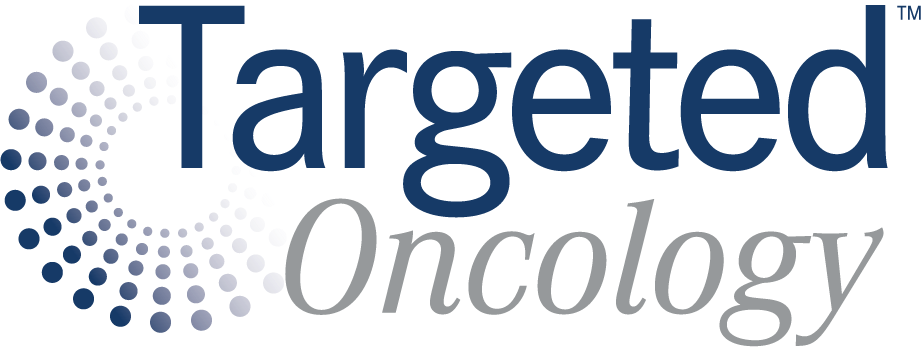CheckMate 274 Confirms Benefit of Nivolumab for Bladder Cancer
During a live event, Matthew Galsky, MD, discussed adjuvant nivolumab in muscle-invasive bladder cancer and the benefit in patients with high PD-L1.
This article is part 2 of a 2-part series from a Case-Based Roundtable event.
Targeted Oncology: For patients with muscle-invasive bladder cancer, what data have been shown for approved regimens?
Matthew Galsky, MD: In CheckMate 274 [NCT02632409], patients were randomly assigned [to receive] nivolumab [Opdivo] for 1 year vs placebo. The primary end point was disease-free survival [DFS] in all patients, and DFS in patients with tumors with high PD-L1 expression was a coprimary end point, and then overall survival [OS] was a key secondary end point in this study.1
Most of the patients had bladder cancer, as opposed to upper tract tumors. That is characteristic of the distribution of bladder vs upper tract disease. The median age of patients was in the mid 60s; the median age of diagnosis of bladder cancer in the United States is about 76 years, so this was a bit of a younger population than the median age of diagnosis because it's a cystectomy population and it's a clinical trial population.
Other key baseline characteristics were nodal status and the distribution of T stages. Some patients had pathological T0 or T1 disease [even though those] patients were ineligible. Remember, those patients could have node-positive disease. So once in a while, you'll see a patient who had a pathological T0 tumor but had node-positive disease. The node positivity trumps that primary tumor assessment.
What was the efficacy of nivolumab in the updated data of CheckMate 274?
The DFS with the most recent update, with 36 months of median follow-up, had an improvement in the coprimary end points with adjuvant nivolumab vs placebo. There was an improvement in DFS in the all-comer group with an HR of 0.71 and then in patients with tumors with high PD-L1 expression, there was a larger effect size with an HR of 0.52.
This clinical trial and the [Bristol Myers Squibb] program overall, used the 28-8 clone for PD-L1 testing, and the scoring is of tumor cells in the cut-off points greater than or equal to 1%. This is a different assay than you're probably getting if you're getting combined positive score [CPS] or something like that, [using a] different antibody, different cut-off points, and different cells that are scored. They're not necessarily interchangeable. We published a retrospective analysis of CPS from CheckMate 274 and the results look similar.
In the United States, this this trial led to the approval of adjuvant nivolumab, and the approval is for an all-comer population. In the United Kingdom and some other European countries, there's a restriction on the label to patients with tumors with high PD-L1 expression on the basis of this coprimary end point.
How did patients do in terms of secondary end points and toxicities?
This study read out the primary end point a few years ago now, but the OS data for the final analysis are still not mature, because it's an event-driven analysis, and it's taken a long time for those events to accrue. With the interim OS, the effect size for OS looks quite similar to the effect size for DFS [intent-to-treat HR, 0.76]. This is not yet technically statistically significant, because it's an interim look and it doesn't meet the prespecified P value threshold at the interim analysis because of the small alpha allocated at these interim analyses. There is ongoing OS follow-up from this study.
Non-urothelial tract recurrence-free survival, a nuance of this study—the primary end point, per the FDA, included patients who had recurrences in the upper tract, if someone had bladder cancer. So if the patient had their bladder removed and then developed a renal pelvis tumor a year later, that was an event. So non-urothelial tract recurrence-free survival excludes all of those events. Then there was distant metastases-free survival, a relevant end point; the effect size for the intent-to-treat and PD-L1 subgroups all look about the same for every primary and secondary end point analyzed on the study.
Adverse events were pretty much as you would expect for immune checkpoint blockade. There were no major surprises in this patient population, as compared with others treated with PD-1 blockade.
DISCLOSURES: Galsky previously reported receiving consulting fees from Bristol Myers Squibb, Merck, Genentech, AstraZeneca, Pfizer, EMD Serono, SeaGenInc., Janssen, NumabTherapeutics, Dragonfly Therapeutics, GlaxoSmithKline, Basilea, UroGenPharms, and Rappta Therapeutics.
Reference:
1. Galsky MD, Witjes JA, Gschwend JE, et al. Adjuvant nivolumab in high-risk muscle-invasive urothelial carcinoma: expanded efficacy from CheckMate 274. J Clin Oncol. 2025;43(1):15-21. doi:10.1200/JCO.24.00340









